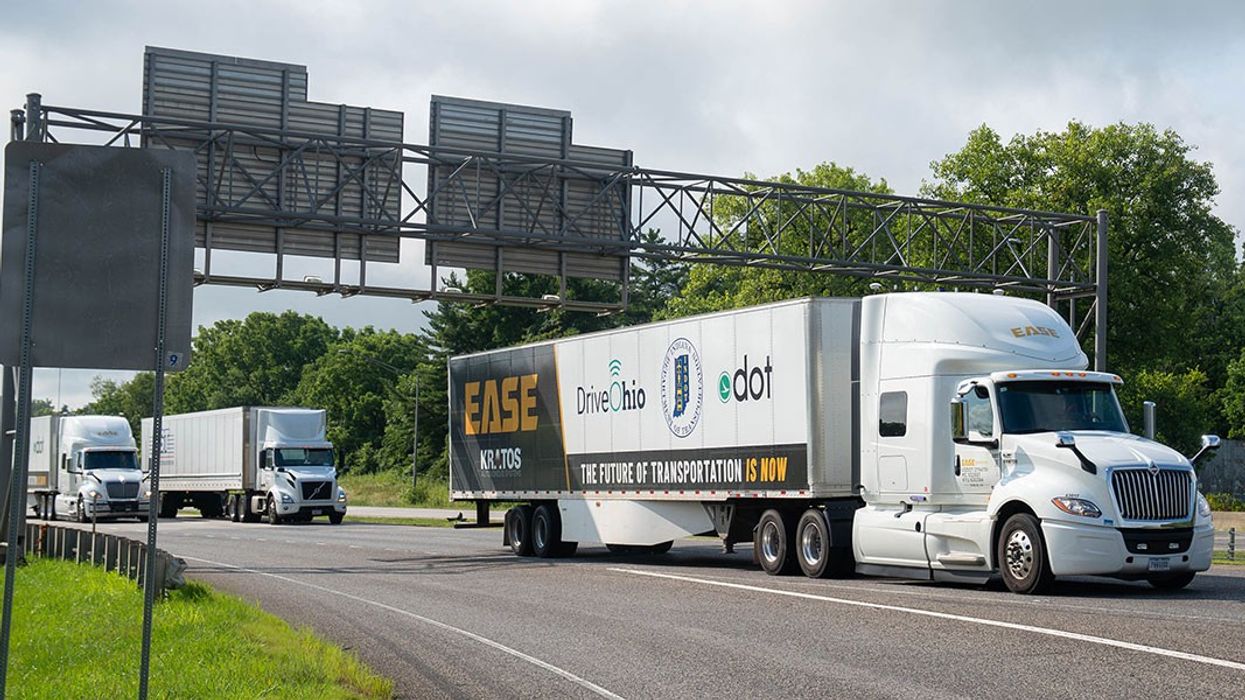In today’s fast-paced world, businesses face numerous challenges, and among them is the critical issue of protecting business data. A lockout can occur unexpectedly, leaving companies vulnerable to data breaches. Here, we will discuss how to protect business data during a lockout effectively. We’ll delve into various strategies, ensuring you have a comprehensive understanding of what’s at stake and how to mitigate potential risks.

Understanding the Importance of Data Protection
Data is the lifeblood of any organization. During a lockout, protecting this data becomes even more crucial. Businesses must understand the stakes involved, as a breach can lead to financial loss and reputational damage. Ensuring data protection during such times requires a robust plan and immediate actionable steps.
What is a Lockout?
Definition and Scenarios
A lockout typically refers to a situation where access to a company’s physical or digital location is restricted. This can be due to employee strikes, technical failures, or security threats. During these scenarios, it’s essential to secure all data access points to prevent unauthorized access.
Risks of a Lockout
Lockouts pose significant risks. These include potential data breaches, unauthorized access to sensitive information, and loss of data integrity. Understanding these risks can help businesses implement measures to prevent them.
Preparing for a Lockout
Creating a Response Plan
Having a predefined response plan is crucial. This plan should include details on who is responsible for what, what actions need to be taken, and how to secure data promptly.
Training Employees
Regular training sessions are vital. Employees should know the importance of data protection and the steps to take during a lockout. Utilizing lockout drills can help prepare staff effectively.
Implementing Security Measures
Utilizing Advanced Technology
Integrating advanced technologies such as encryption and access management systems can significantly reduce data vulnerability. Companies should regularly update their security systems to include the latest technology.
Regular Audits
Conducting regular security audits helps identify weaknesses in current systems and allows for timely improvements.
Technical Safeguards
Encryption and Data Backups
Encryption is a powerful tool. It ensures that even if data is accessed during a lockout, it remains unreadable. Additionally, regular data backups can prevent loss, ensuring information can be restored swiftly.
Role of Communication
Open communication during a lockout is essential. Keeping employees informed reduces panic and organizes efficient response actions.
Continuous Assessment and Improvement
Monitoring Systems
Continuous monitoring of data systems ensures that any suspicious activity is detected early.
Conclusion
Being prepared for a lockout involves strategic planning, regular training, and the use of advanced technologies. By understanding how to protect business data during a lockout, businesses can safeguard themselves against potential threats. More strategies on dealing with specific lockout situations are available here.

FAQ
What immediate steps should be taken during a lockout?
Certain immediate steps include alerting security teams, securing digital entry points, and informing all staff to activate the lockout protocol.
Why is employee training important in lockout situations?
Training ensures employees are aware of their roles during a lockout, reducing errors and enhancing efficiency.
What role does encryption play in data protection?
Encryption converts data into a format that is unreadable without the correct decryption key, protecting it from unauthorized access.
This article contains affiliate links. We may earn a commission at no extra cost to you.






